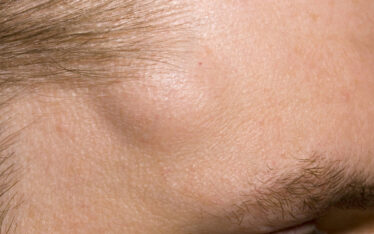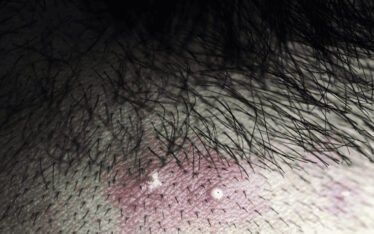We’ve all been there: split ends, dullness, breakage, and an overall feeling of despair whenever we look at our once-shiny tresses in the mirror. Hair damage is a widespread issue, and whether it’s caused by excessive heat styling, chemical treatments, or environmental aggressors, it can significantly impact our self-esteem. Fortunately, with a dedicated hair care routine, even the most damaged locks can be revived. Here’s a comprehensive guide to breathe life back into your tresses.
1. Gentle Cleansing
Begin with a sulphate-free shampoo. Sulphates can strip your hair of its natural oils, leading to dryness and breakage. Using a mild, sulphate-free formula ensures your hair remains moisturized and protected while effectively cleansing any dirt and product buildup.
2. Deep Conditioning
If your hair is damaged, regular conditioning may not be enough. At least once a week, treat your locks to a deep conditioning or hair mask session. These treatments are packed with nourishing ingredients that penetrate deeper into the hair shaft, repairing internal damage and sealing the cuticles. Leave the mask on for the recommended time (usually 15-30 minutes) and then rinse.
3. Limit Heat Styling
One of the primary culprits of hair damage is excessive heat styling. If possible, air-dry your hair or use the cool setting on your hair dryer. When you do need to heat-style, always apply a heat-protectant spray. This creates a barrier between your hair and the heat, minimizing damage.
4. Cut Back on Chemical Treatments
Frequent coloring, perms, and relaxers can weaken your hair over time. If your hair is severely damaged, consider taking a break from these treatments. If you can’t resist coloring, opt for gentler, ammonia-free dyes or semi-permanent color.
5. Brush Gently
Tugging at knots and tangles can cause breakage. Invest in a detangling brush or a wide-tooth comb and always start from the tips, working your way up to the roots. If your hair is prone to tangling, consider using a leave-in conditioner or detangling spray post-shower.
6. Trim Regularly
It may sound counterintuitive, but getting regular trims can help improve the overall health and appearance of damaged hair. By removing split ends, you prevent them from traveling up the hair shaft and causing further damage.
7. Protect From Environmental Damage
Environmental factors like the sun’s UV rays, pollution, and even chlorinated water can worsen hair damage. Use protective products containing UV filters, wear a hat when under direct sunlight, and consider rinsing your hair with clean water before and after a swim to reduce chlorine absorption.
8.Incorporate Hair Oils
Natural oils like coconut, argan, and jojoba can work wonders for damaged hair. They replenish the hair’s natural lipid layer, adding shine and reducing frizz. Apply a few drops to your hair ends after styling or use them as a pre-shampoo treatment.
9. Diet Matters
Your hair reflects your overall health. Ensure your diet is rich in protein, essential fatty acids, vitamins, and minerals. Foods like salmon, nuts, seeds, eggs, and leafy greens promote hair health from within.
10. Avoid Tight Hairstyles
Tight ponytails, braids, and buns can cause stress on the hair shaft, leading to breakage. Opt for loose hairstyles and use gentle, snag-free hair ties.
In conclusion, damaged hair requires consistent care and patience. While it’s essential to nourish and protect your hair externally, remember that real change comes from a combination of external treatments and internal health. With time and dedication, you can restore your hair’s natural luster and strength.





